are mourning doves monogamous
Incubation takes two weeks. These birds are monogamous in nature.

Backyard Birds Beautiful Birds Wild Birds
Mourning doves are sometimes confused with Eurasian collared doves or white-winged doves.

. These doves are monogamous and form strong pair bonds. The male begins copulation by mounting the females back. A female Mourning Dove incubating.
In 40 states approximately 20 million mourning doves are hunted and about 40-70 million are shot dead each year by the hunters. Performing the deed. Difference between monogamy and mating for life.
Its tail is long and tapered macroura comes from the Greek words for large and tail. The female incubates the chick from the afternoon to the morning. Also Western USA has seen the population decline due to lead poisoning.
Mating pairs are monogamous when partnered up and in the vast majority of cases these paired-up love birds literally will be together for life. Give Your Doves a Place to Nest Nesting Shelf - Learn More. The mourning dove is also known as the turtle dove American mourning dove Carolina pigeon Carolina turtle dove and rain dove.
The male incubates from the morning to the afternoon. Mourning Doves can have a variety of sounds most people describe their regular coos similar to that of owls. They eat seeds fruits and insects.
In warm areas one pair may raise up to six broods a year. For fans of traditional Christmas songs the reputation for mourning. Monogamous bird pairs mate and share the responsibilities of.
However lone doves will find new partners if necessary. Mourning doves are monogamous and some of these pairs remain together throughout the winter. Look at the flared tail feathers on the male mourning dove.
The mourning dove is monogamous and forms strong pair bonds. Mourning doves are monogamous and form strong pair bonds that persist during at least one nesting sea-son. The female crouches as an invitation for.
Another name for them is turtle doves So. They in fact re monogamous creatures and they do indeed mate for life they will even typically remain with one another through cold winter months. Mourning doves eat in the open on the ground pecking or pushing aside ground litter but they do not scratch at the ground.
They have a wingspan of about 15 inches and weigh between 4 and 5 ounces. Because of this monogamous relationship they have come to be known as a symbol of love in many Native American cultures. The mourning dove is a medium-sized slender dove approximately 31 cm 12 in in length.
09-10 in 22-25 cm. Mourning doves are seasonally monogamous and may pair up again in subsequent breeding seasons. Doves are often seen at feeders as lifelong bonded pairs.
Once hatched the baby doves will live with their parents for 10-15 days until they can fly on their own. Tribes such as the Aztecs and Mexican Indian tribes associated the dove with. Mourning doves weigh 112170 g 4060 oz usually closer to 128 g 45 oz.
The elliptical wings are broad and the head is rounded. The breeding season is among the longest of all North American birds with peak nesting activity oc-curring in late springearly summer and a decline be-ginning in July. Nests could also be positioned 5-50 toes above the bottom and are sometimes positioned in odd areas corresponding to in hanging flowerpots or on.
What are the mating habits of Mourning Dove. Mourning doves are the most common dove in North America. The female dove builds the nest with the male flying about gathering material and bringing it to her.
The mourning dove a bird commonly seen throughout the world frequently makes an entrance into culture stories legends and belief systems. Both males and females are similar in appearance compared to other breeds that can vary greatly between sexes. I would say he is pretty proud of himself.
They are primarily seed eaters rather than insect eaters. They are usually around a foot in length and weigh somewhere between 4 to 6 pounds. Pairs typically reconvene in the same area the following breeding season and sometimes may remain together throughout the winter.
Collared doves are monogamous and can breed continuously in warm regions. Doves migrate during the day in flocks. Mourning doves form monogamous pairs and breed from March to September.
They tend to form really strong bonds in pairs that can even extend beyond death. The Mourning Dove is monogamous and forms strong pair bonds. Both sexes incubate the chick.
Mourning doves are almost invariably monogamous Stewart and Mackey 1954 Laub 1956 Jackson 1963 Brackbill 1970 Blockstein 1986a. Ecology FileMother hen nesting on February 24 2007jpg. Mourning doves are quite muted in colour being a light grey to earthy brown.
Mourning doves live in open areas such as fields parks and gardens. The Mourning Doves Coo may sound sad but bird watchers know that it signals the beginning of this birds habits of nesting claiming territory. Two white eggs are laid in a flimsy assembly of pine needles twigs and grass stems usually built in a low bush or tree or on the ground.
Mourning Doves may have the most complex nesting cycle of any bird species. Pairs typically reconvene in the same area the following breeding season and sometimes may remain together throughout the winter. The mourning dove has a wingspan of 3745 cm.
At the beginning of the breeding sea-. The female usually lays two eggs. Seeing a pair of mourning doves nestled together almost cuddling is one of the cutest and most common sights in bird watching.
Mourning doves are monogamous birds that will mate at all times. These birds are serially monogamous and some pairs will stay together. Mating pairs are monogamous and often mate for life.
Mourning doves have the longest breeding season of all North American birds and active nests have been found in every month of the year in the United. Their nests are comparatively clumsy cumbersome piles of twigs or small sticks and grasses constructed by the feminine partner. The species is generally monogamous and produces two young squabs per brood.
The socially monogamous male will defend the nest and feed the female while she incubates and even helps feed the chicks after hatching. You can tell white-winged doves apart by their namesake white wing stripe. The Mourning Dove is monogamous and forms strong pair bonds.
Pairs stay together monogamous through the season and some may pair up in following seasons. When a pair has eggs in the nest the female will incubate the eggs during the day before swapping over at dusk for the male to incubate through the night. Usually these diurnal birds forage in small groups or pairs and feed quickly filling their crop with seeds to digest later on a safe perch.
The mourning dove call is a distinctive wooo-oo-oo-oo sound which may evoke a feeling of grief over the. If a thick black band is present on the collar its a collared dove.

Collared Dove Derek Lawlor Beautiful Birds Pet Birds Pretty Birds

Do Doves Mate For Life Animals African Animals Mourning Dove

Pin On Animals That Mate For Life
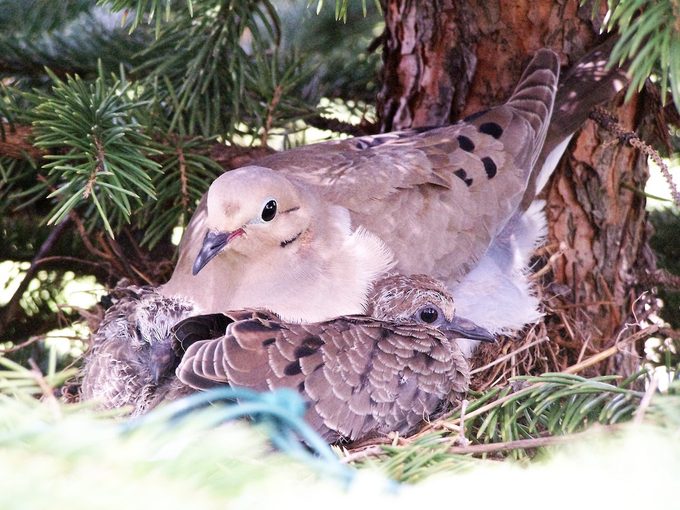
Mourning Dove Nests The Fastest Nest Builders Birds And Blooms
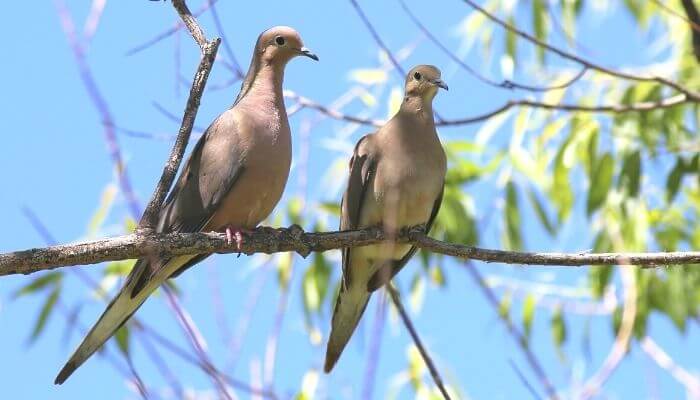
Do Mourning Doves Mate For Life Pigeonpedia
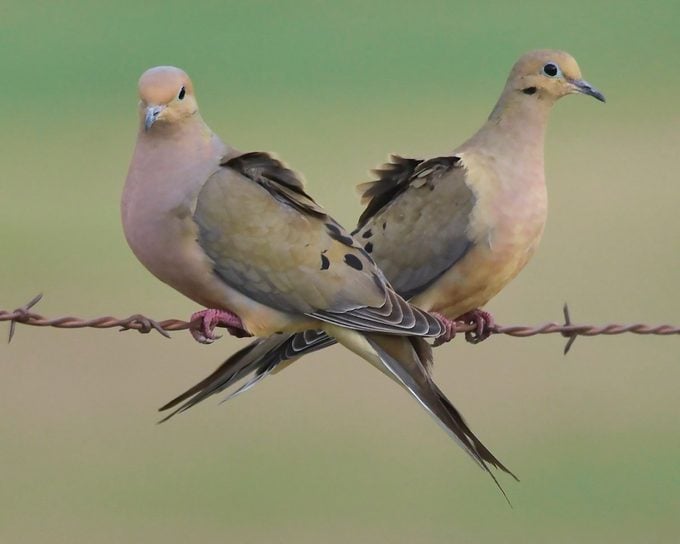
13 Fascinating Facts About Mourning Doves Birds Blooms

Pin On Bird Gallery By Bryan Carnathan

Beautiful Dove Zenaida Macroura Arte De Aves Aves Exoticas

What Do Mourning Doves Symbolize 9 Interpretations Explained Cake Blog
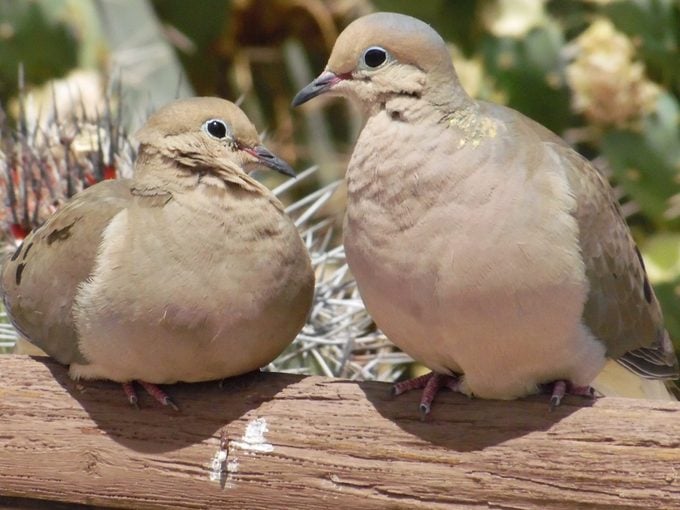
13 Fascinating Facts About Mourning Doves Birds Blooms
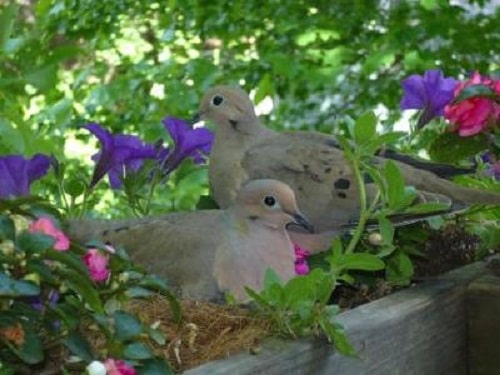
Mourning Doves Habits Mating Eating Nesting Lifespan

Love Dove Mourning Birds Romancing Amidst The Shape Of A Valentine Heart No 1001 A Fine Art Bird Photograph Mourning Dove Dove Bird Birds

A Pair Of Mourning Dove Aka Zenaida Macroura Having Some Intimate Moments Stock Photo Alamy In 2022 Mourning Dove Stock Photos Photo
Mourning Doves Are Monogamous And Form Strong Pair Bonds They Are Prolific Breeders And In Warmer Areas These Birds May Raise Up To Six Broods In A Season R Awwducational
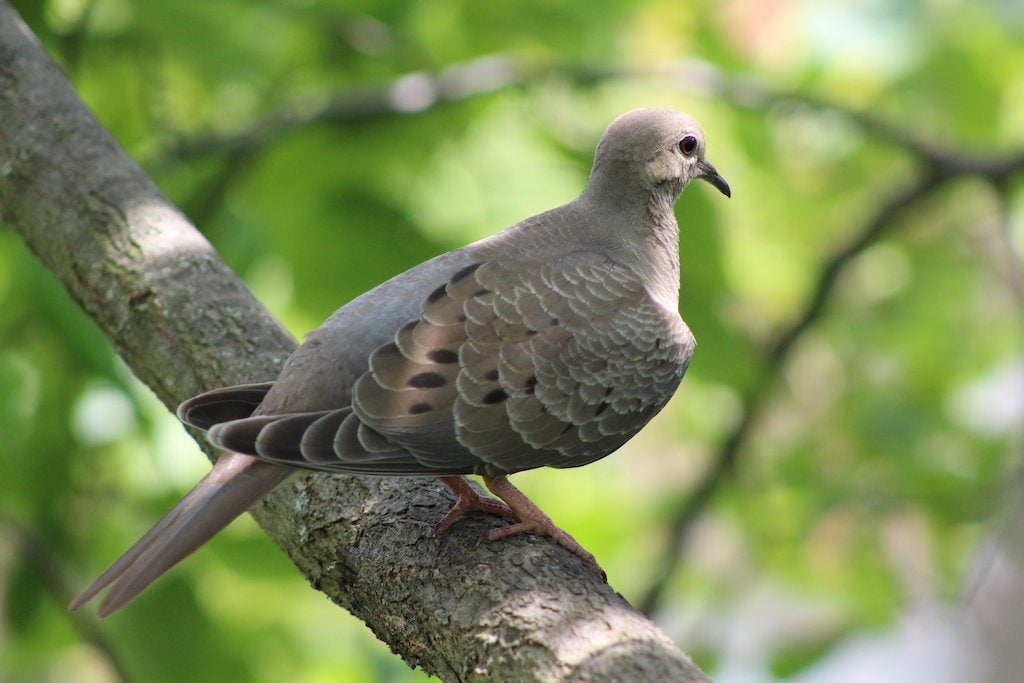
13 Fascinating Facts About Mourning Doves Birds Blooms

Two Turtledoves The Joy Of Mating Forever Turtle Dove Doves Turtle
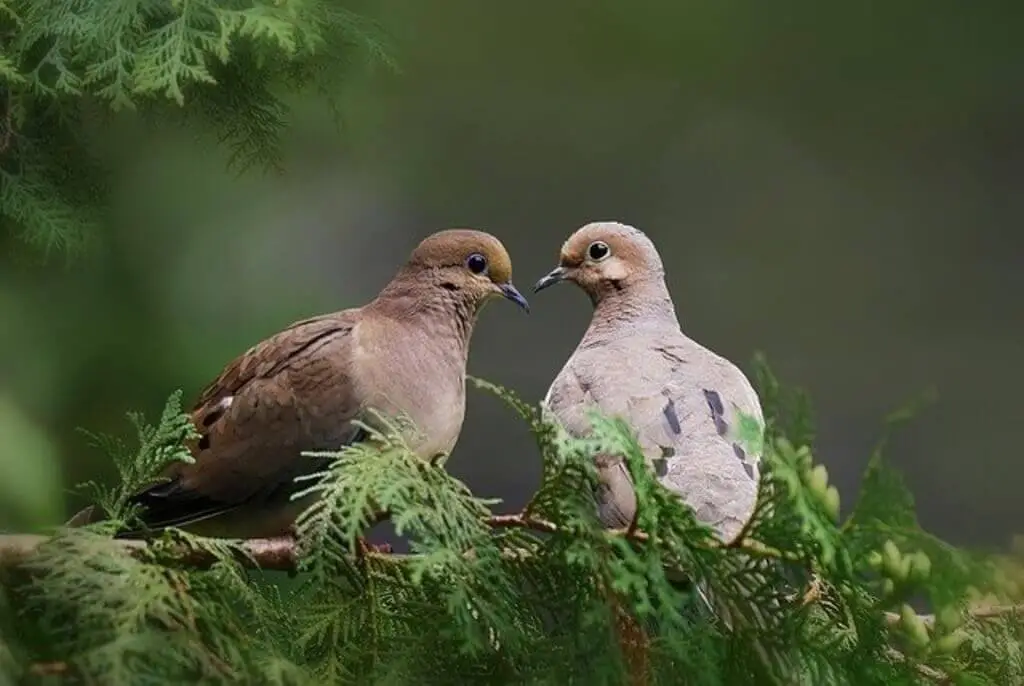
Facts About Mourning Doves 10 Things You Need To Know Learn Bird Watching

Two Turtle Doves And The 117th Christmas Bird Count Animals Turtle Dove Animals Mating
